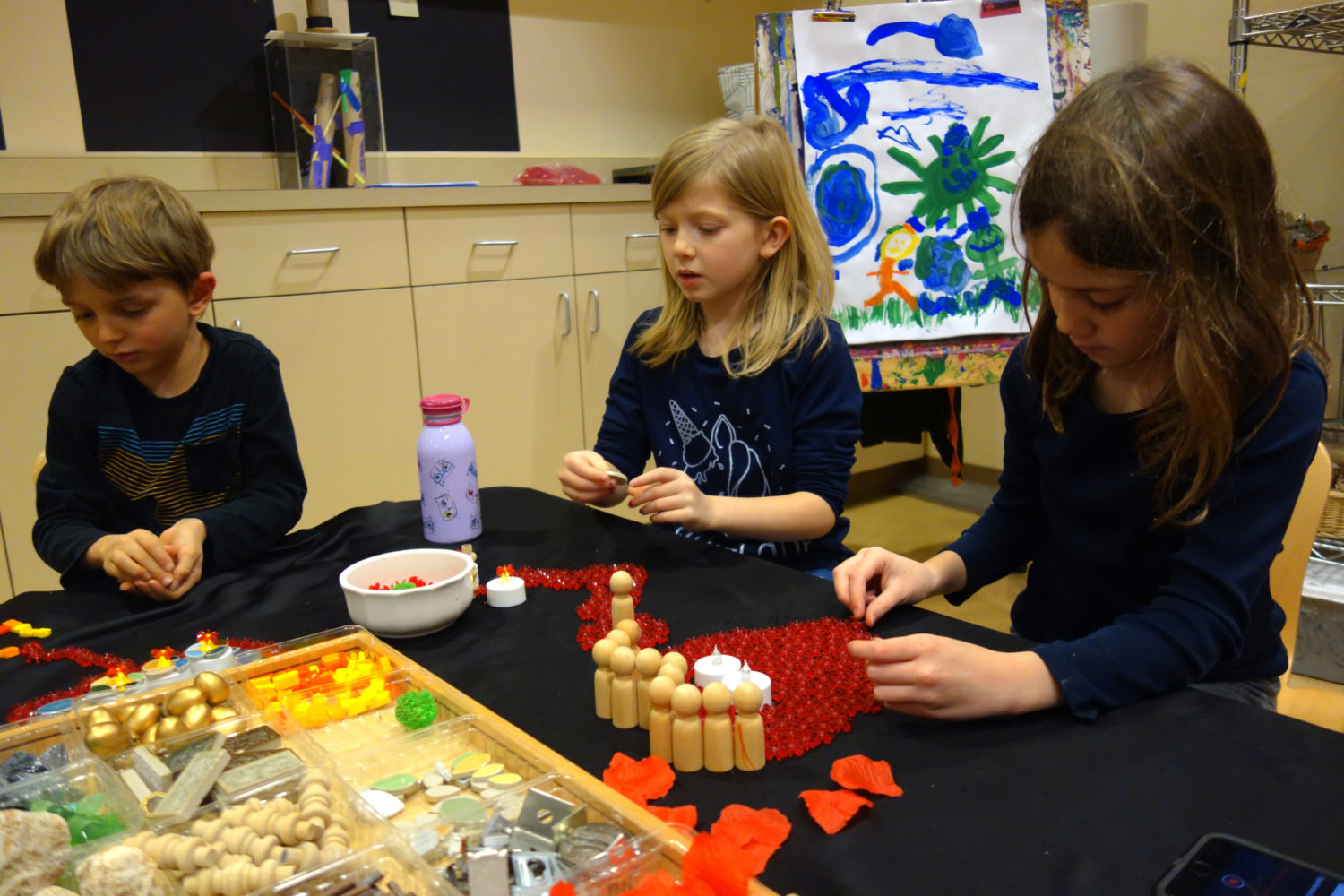Book Club: Inventology, Parts 3 & 4

I hope that you’ve been enjoying reading Inventology: How We Dream Up Things That Change the World – and that the Framework for Inspiring Inventiveness has been helpful in connecting the ideas Kennedy is exploring to the school experience.
I proposed a flow for our conversations here. The entry for Introduction and Parts One and Two is here.
Part Three calls attention to the role of imagination in invention; Part Four, the importance of connecting across boundaries.
What stood out to you in Parts 3 and 4? How does your reading inspire new possibilities and questions for your practice? How does your reading lead you to new eyes on schooling today? What connections are you drawing to the Framework for Inspiring Inventiveness?
Some things that I’d love to discuss:
- Martin Cooper talks about how his “mind has been floating around forever, which is not a very good attribute for somebody who wants to be an executive.” (p. 105)
- Alan Kay is a proponent of the Wayne Gretzky Game, inviting people to “imagine ‘something that would be cool to have, or important to have,’ rather than a solution to a problem.” (p. 116)
- Myron Stolaroff “recognized that a new era was coming and that a new kind of imagination would be required. The scientists and engineers who could create the most vivid mental pictures would be the ones who designed the future.” (p. 127)
- “A recent study revealed that about a quarter of the female subjects and two-thirds of the men preferred to endure electrical shocks rather than sit alone with their own thoughts for fifteen minutes. For many people, the imagination is like the summit of Mount Everest, where the view is transcendent but the air is too thin to breathe.” (p. 135)
- TRIZ proposes that “our minds are ‘shackled’ by what we already know”; “faced with… paradox, your imagination may shut down, and you may find you can’t seem to generate any ideas”; and “by embracing the impossibly ideal, we can transform the way we see the problem and open ourselves up to new strategies for finding a solution.” (pp. 145-147)
- “Breakthroughs often happen when we allow unlikely collaborators and odd bedfellows to share our problems, or when we leap across boundaries.” (p. 158)
- New ideas can thrive in a “zone of permission”. (p. 159)
- “If you want to get people to think out of the box, do not create the box in the first place.” (p. 177)
- “We tend to think of invention as a politically neutral activity, but it is not…. Inventing, at its best, can be a form of civic engagement…. Pushing for change usually requires facing off against powerful interests that have a stake in the status quo.” (pp. 187-189)
What school conditions support the “inventology” Kennedy is exploring? What stands in the way? How are you navigating that space?
I hope that you will share your thoughts in the comments section below. Keep an eye out for a “slow chat” about the book on Twitter in January!
